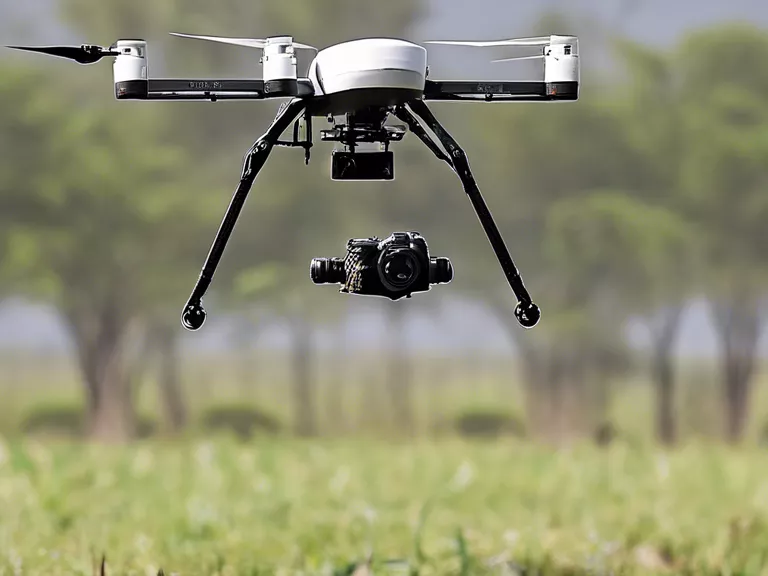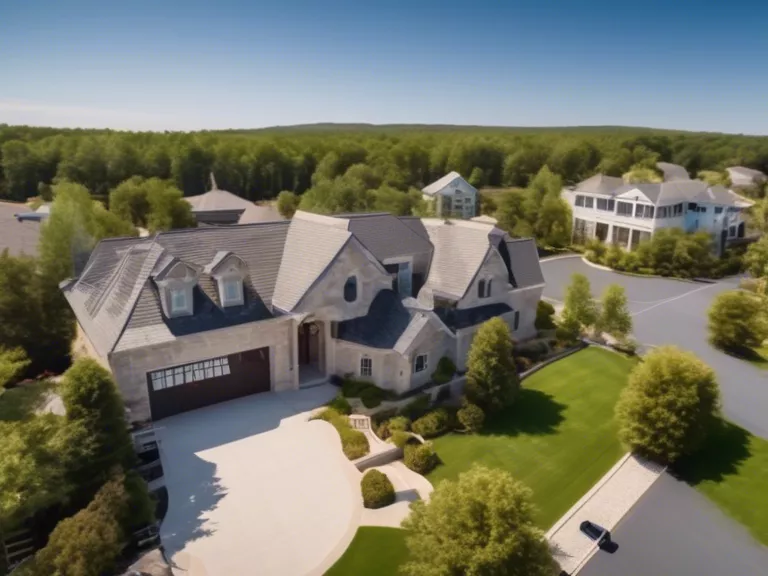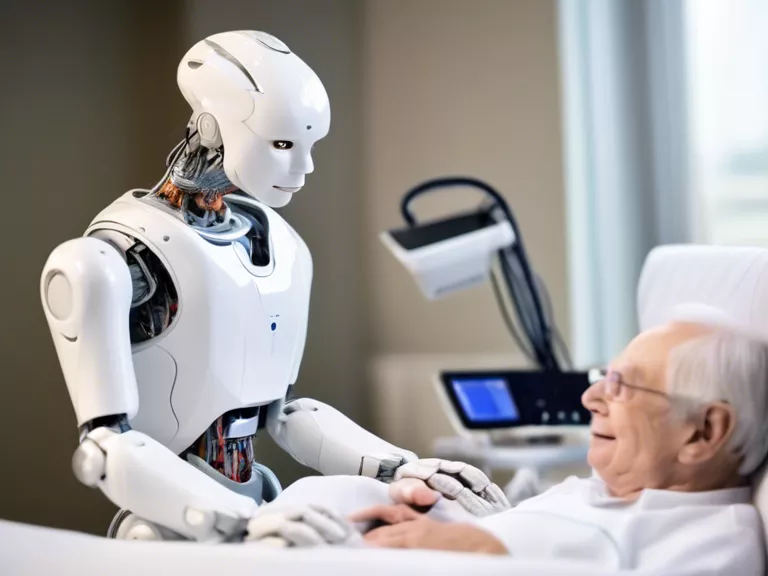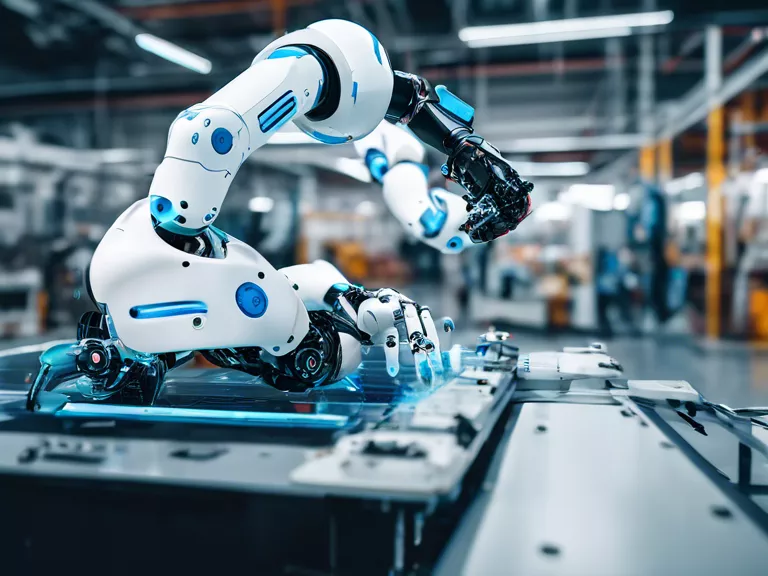
Drones have become an invaluable tool in wildlife monitoring and conservation efforts around the world. These unmanned aerial vehicles (UAVs) are equipped with cameras and sensors that can provide crucial data to researchers and conservationists. From tracking animal populations to detecting poaching activities, drones are revolutionizing the way we protect and preserve wildlife.
One of the key roles of drones in wildlife monitoring is their ability to access remote and difficult-to-reach areas. Traditional methods of monitoring, such as ground surveys and manned flights, can be costly, time-consuming, and sometimes dangerous. Drones offer a safer and more cost-effective alternative, enabling researchers to monitor wildlife populations in remote locations without disturbing them.
Drones are also being used to monitor and combat illegal activities such as poaching. By patrolling protected areas from the air, drones can help detect and deter poachers, protecting endangered species from harm. In some cases, drones equipped with thermal imaging cameras have been able to locate poachers in real-time, leading to their apprehension and prosecution.
In addition to monitoring wildlife populations and preventing poaching, drones are also used for habitat conservation. By capturing high-resolution images and videos of ecosystems, drones can provide valuable information about habitat changes, deforestation, and other threats to biodiversity. This data can help conservationists make informed decisions about land management and conservation strategies.
Overall, the role of drones in wildlife monitoring and conservation is becoming increasingly important. As technology continues to advance, drones offer new opportunities for researchers and conservationists to study and protect wildlife in ways that were previously unimaginable. By harnessing the power of drones, we can work towards a future where wildlife is protected and thriving for generations to come.



